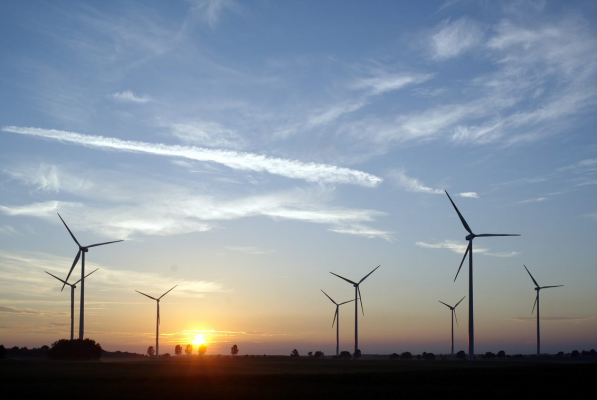Social media use is growing year on year. In fact, it is estimated that over 45% of the global population is active on social media. Enterprises now realize that if they are not present on these channels, they could be missing out priceless exposure and opportunities for business growth. There is plenty of potential for the wind energy sector. By increasing its online presence, wind energy can strengthen its position as a leading and viable source of green electricity, combat the rise in “fake news,” and promote the latest technologies.
Providing exposure to the things that matter
The power of social media doesn’t lie in the fact that it offers people information, more that it engages people and brings them into a discussion. There is no doubt that a widespread shift away from conventional power sources, which have been in use for decades, requires action from the population. Without a way to reach the general public and not only specialists or professionals already involved in the sector, it is harder to set the wheels in motion for this change.
Giving the wind energy sector a collective voice
Industry associations, such as WindEurope, the Chinese Wind Energy Association, the Global Wind Energy Council, the American Wind Energy Association (AWEA) and many more represent the interests of the wind energy sector in different regions. These associations are usually comprised of members from different states or countries that assist the sector in various ways. Their activities include hosting events, lobbying, influencing legal policy, and acting as a united voice for businesses. Combating fake news and providing credible and accessible information is a key aim for associations.
A potential obstacle for wind energy?
Even though social media has the potential to highlight wind energy as a viable source of green electricity, it can also create new challenges. In the same way that individuals can promote wind energy, people can also put common negative myths in the spotlight – such as wind turbine noise causing cancer or power shutdowns occurring when there is no wind. Additionally, to stay competitive on social media, wind energy companies will need to be very active online. This means investing time and money into creating interesting and engaging social media content.
Nonetheless, despite possible obstacles, the benefits of social media outweigh the drawbacks. Online channels enable companies and personalities in the wind energy sector to connect with the public like never before. Enhanced by the important work of industry associations, the wind energy industry can make its mark as a collective and promote the cause of economical, sustainable electricity.
To stay up to date with SKF’s social media activity, please visit our Twitter, LinkedIn, Instagram, and Facebook pages.



